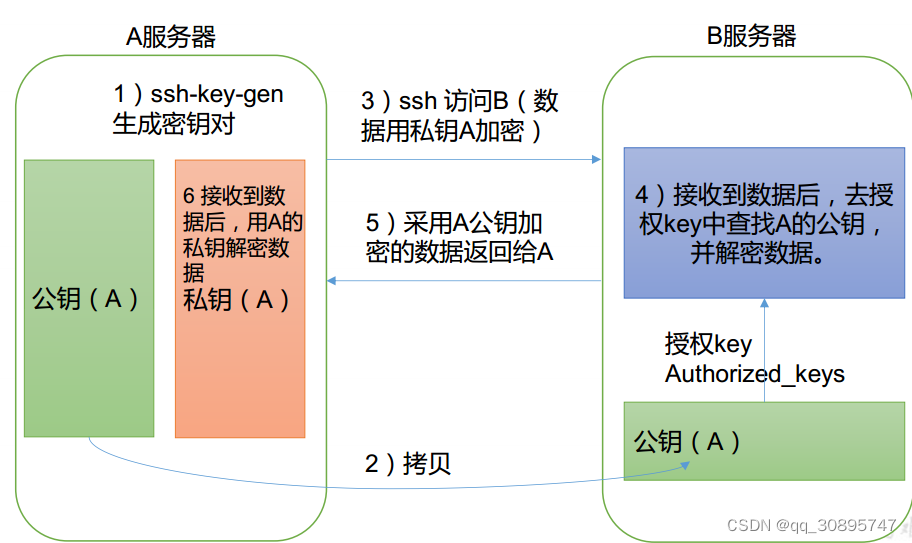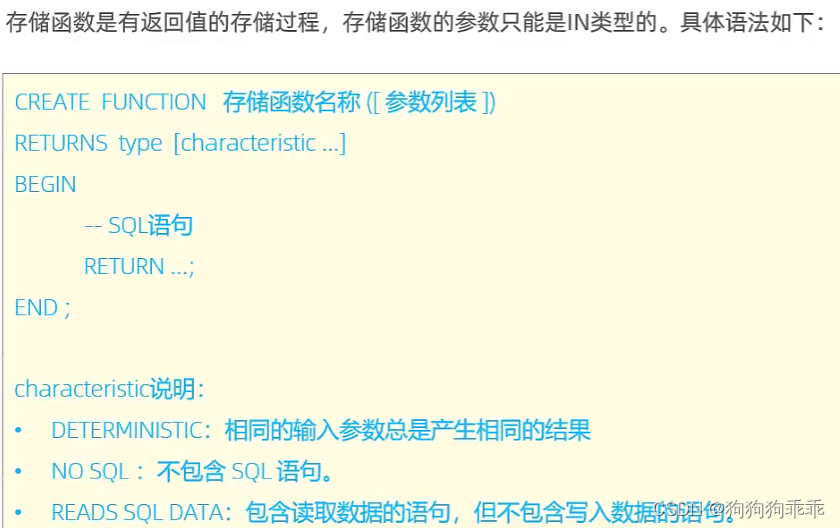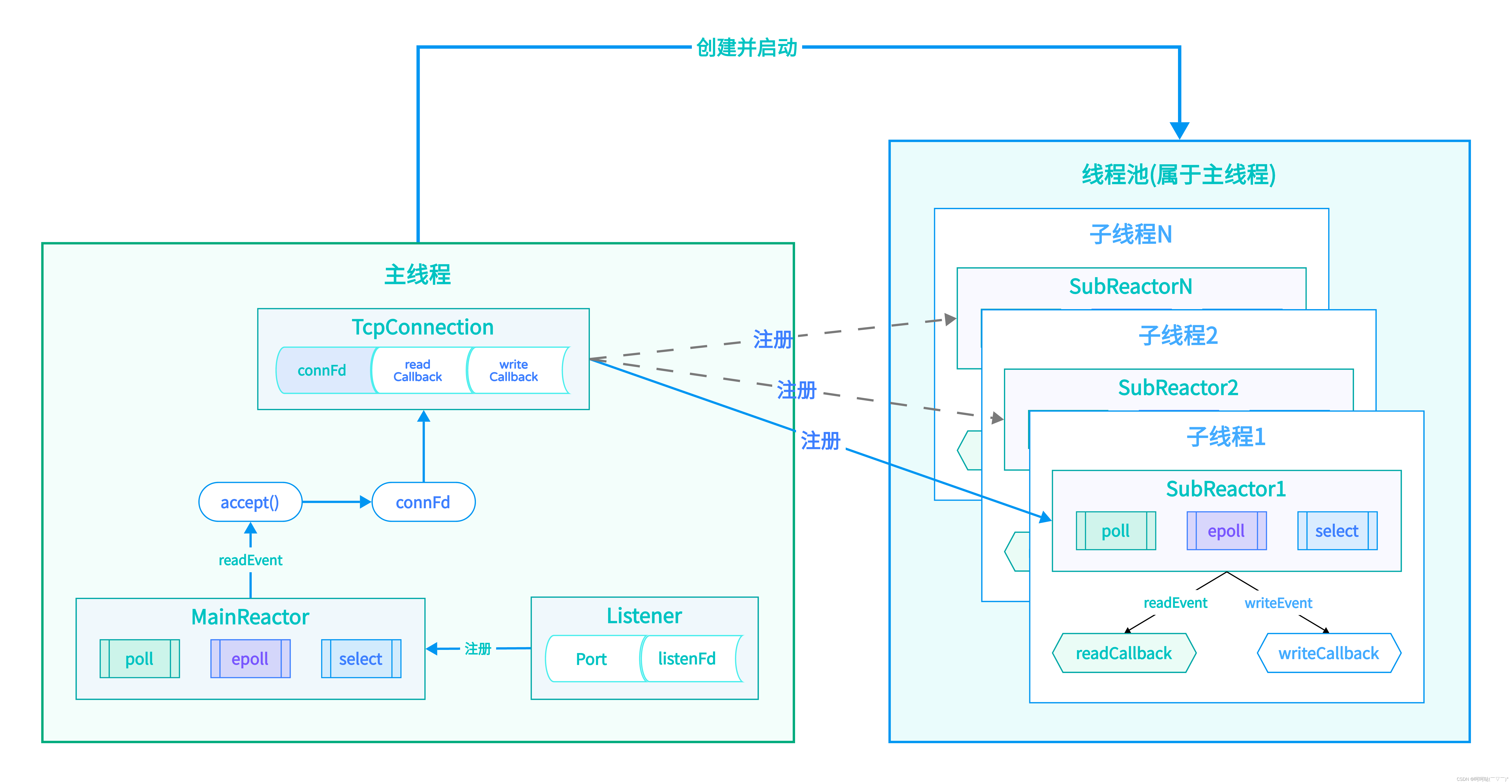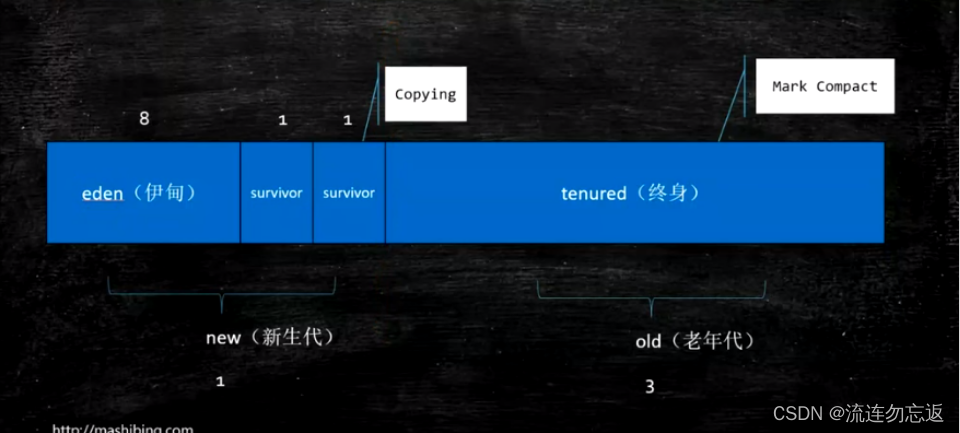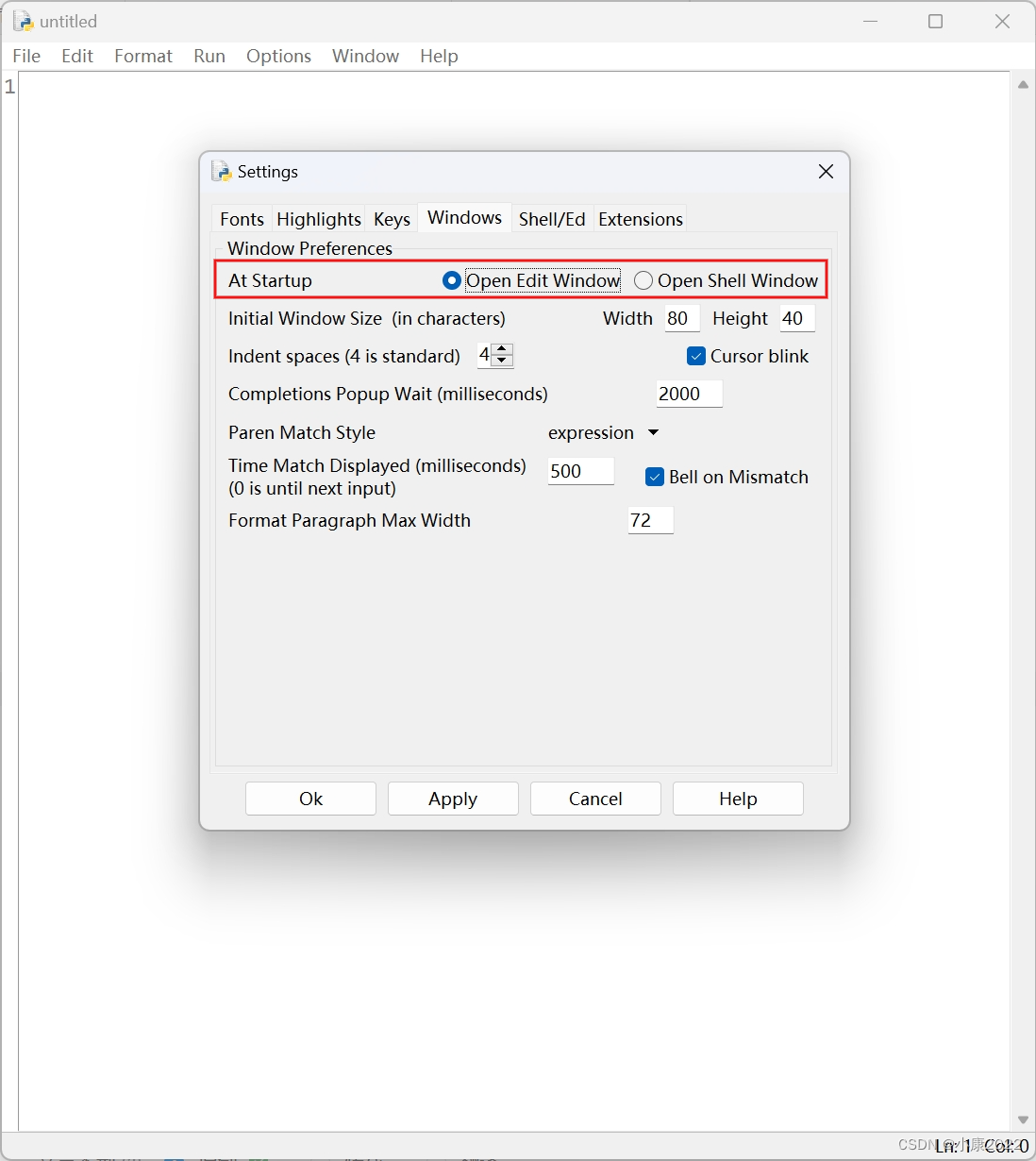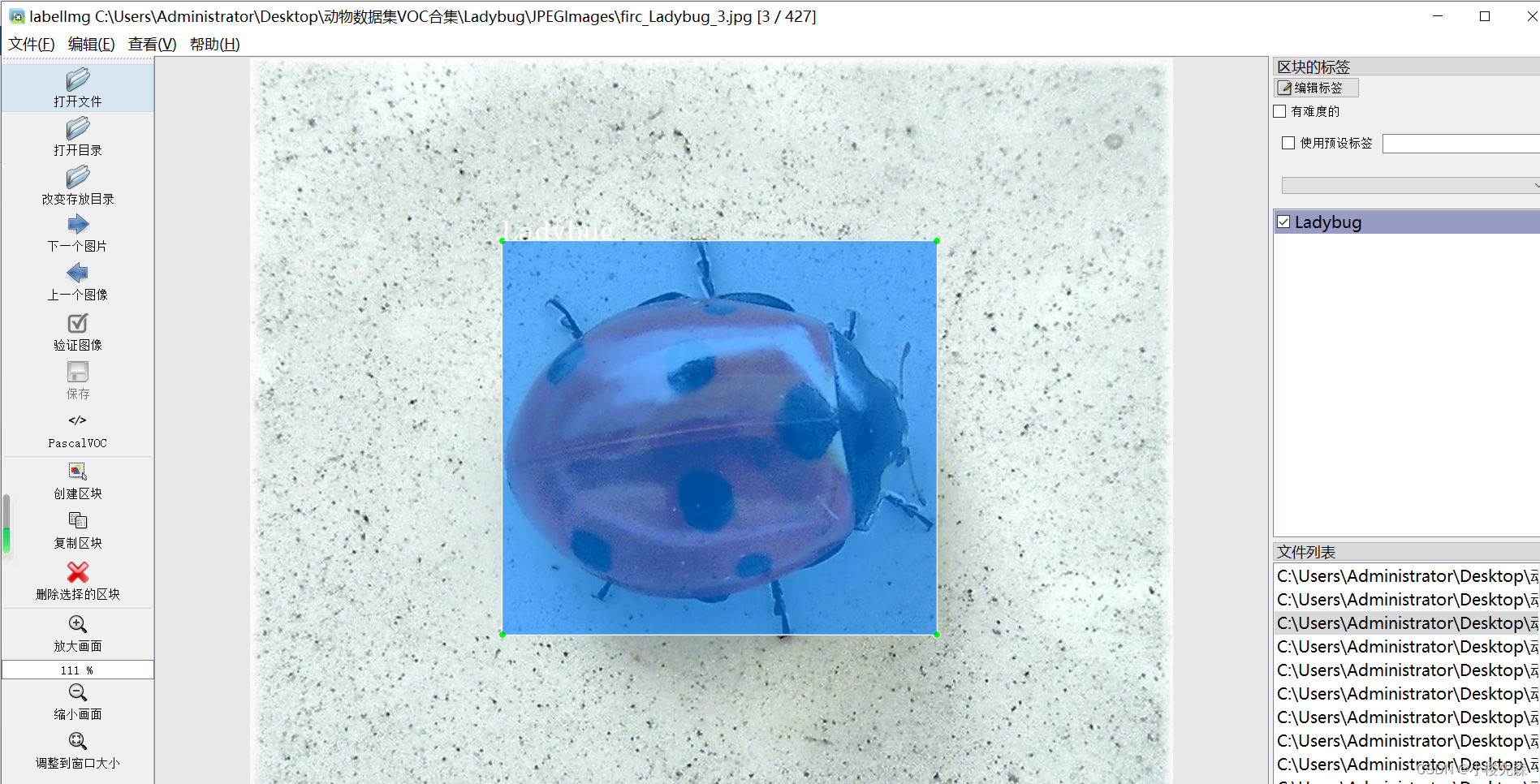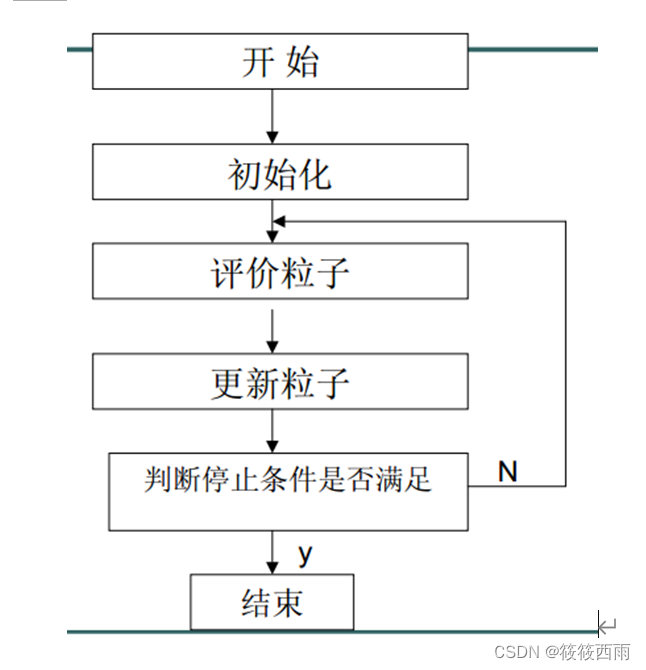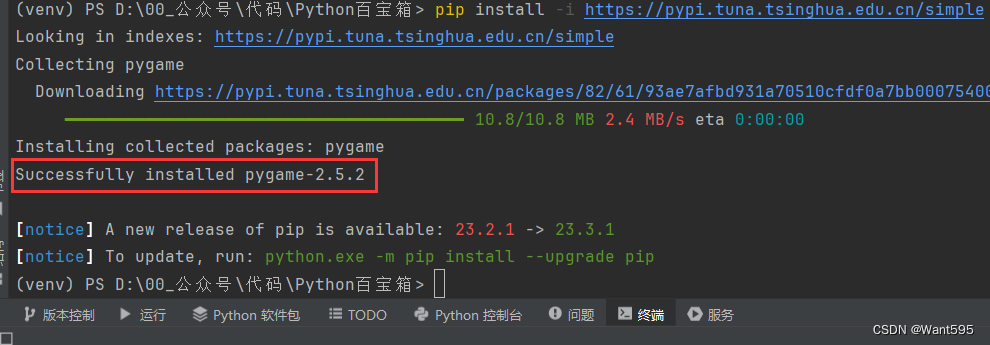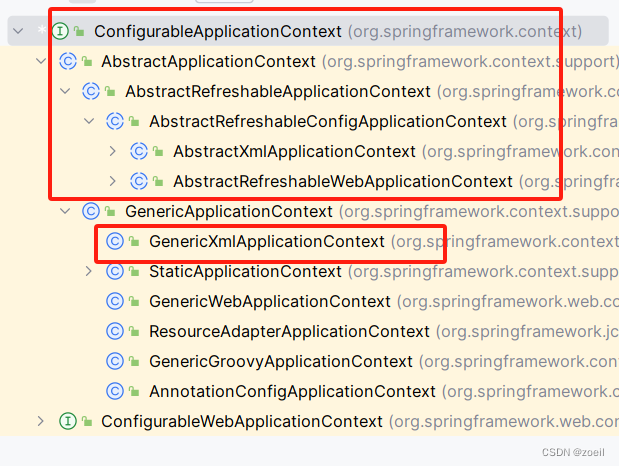题目要求
我们有 n 份工作,每份工作都安排在 startTime[i] 至 endTime[i] 期间完成,从而获得 profit[i] 的利润。
给你 startTime、endTime 和 profit 数组,返回你能获得的最大利润,使得子集中没有两个时间范围重叠的工作。
如果你选择了一项在 X 时间结束的工作,你就可以开始另一项在 X 时间开始的工作。
例子
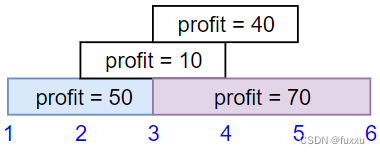
Input: startTime = [1,2,3,3], endTime = [3,4,5,6], profit = [50,10,40,70] Output: 120 Explanation: The subset chosen is the first and fourth job. Time range [1-3]+[3-6] , we get profit of 120 = 50 + 70.

Input: startTime = [1,2,3,4,6], endTime = [3,5,10,6,9], profit = [20,20,100,70,60] Output: 150 Explanation: The subset chosen is the first, fourth and fifth job. Profit obtained 150 = 20 + 70 + 60.

Input: startTime = [1,1,1], endTime = [2,3,4], profit = [5,6,4] Output: 6
思路
这个题目看起来似乎是一个递归问题(背包),在有限的时间内放下最多的工作(产生最大的价值?)但是仔细一想每个工作由起始结束时间决定,并不仅仅是工作时长的大小(可以直接放到背包中)。因此我又想是否使用深度优先搜索解决这个问题。似乎可行...
这次的深度优先搜索需要遍历所有的可能情况,然后返回最优的profit值。
终止条件
那么深搜的终止条件是什么,显而易见就是最后一个工作的截至时间之后,不能再有其他的工作,即:
if (当前工作的截止时间之后没有其他工作) {
maxprofit = max(profit, maxprofit);
return;
}bool hasNext = false;
for (int i = start + 1; i < startTime.size(); ++i) {
if (endTime[start] < startTime[i]) {
hasNext = true;
break;
}
}
if (!hasNext) {
maxprofit = max(maxprofit, currentProfit);
return;
}回溯
for (int i = start; i < startTime.size(); ++i) {
currentProfit += profit[i];
backtracking(i+1, currentProfit, startTime, endTime, profit);
currentProfit -= profit[i];
}目前已经完成了回溯:深搜(其实好像不太能抽象成一棵树)算法,但是目前还没有正确的处理时间冲突(即i+1的部分),修改后代码如下,
class Solution {
public:
int maxprofit = -1;
void backtracking(int startIndex, int lastEnd, int currentProfit, const vector<int>& startTime, const vector<int>& endTime, const vector<int>& profit) {
// bool hasNext = false;
// for (int i = 0; i < startTime.size(); ++i) {
// if (lastEnd < startTime[i]) {
// hasNext = true;
// break;
// }
// }
// if (!hasNext) {
// maxprofit = max(maxprofit, currentProfit);
// return;
// }
maxprofit = max(maxprofit, currentProfit);
for (int i = startIndex; i < startTime.size(); ++i) {
if (startTime[i] < lastEnd) {
continue;
}
currentProfit += profit[i];
printf("Position: %d, currentProfit: %d, maxProfit: %d", i, currentProfit, maxprofit);
backtracking(i+1, endTime[i], currentProfit, startTime, endTime, profit);
currentProfit -= profit[i];
}
}
int jobScheduling(vector<int>& startTime, vector<int>& endTime, vector<int>& profit) {
int n = startTime.size();
vector<int> jobs(n);
iota(jobs.begin(), jobs.end(), 0); // 填充索引
// 根据 startTime 排序索引
sort(jobs.begin(), jobs.end(), [&](int a, int b) {
return startTime[a] < startTime[b];
});
// 重新排列 startTime、endTime 和 profit
vector<int> sortedStartTime(n), sortedEndTime(n), sortedProfit(n);
for (int i = 0; i < n; ++i) {
sortedStartTime[i] = startTime[jobs[i]];
sortedEndTime[i] = endTime[jobs[i]];
sortedProfit[i] = profit[jobs[i]];
}
backtracking(0, -1, 0, sortedStartTime, sortedEndTime, sortedProfit);
return maxprofit;
}
};结果是超时了。
重新寻找另外的思路,
思路还是类似的,不过转而采用动态规划。
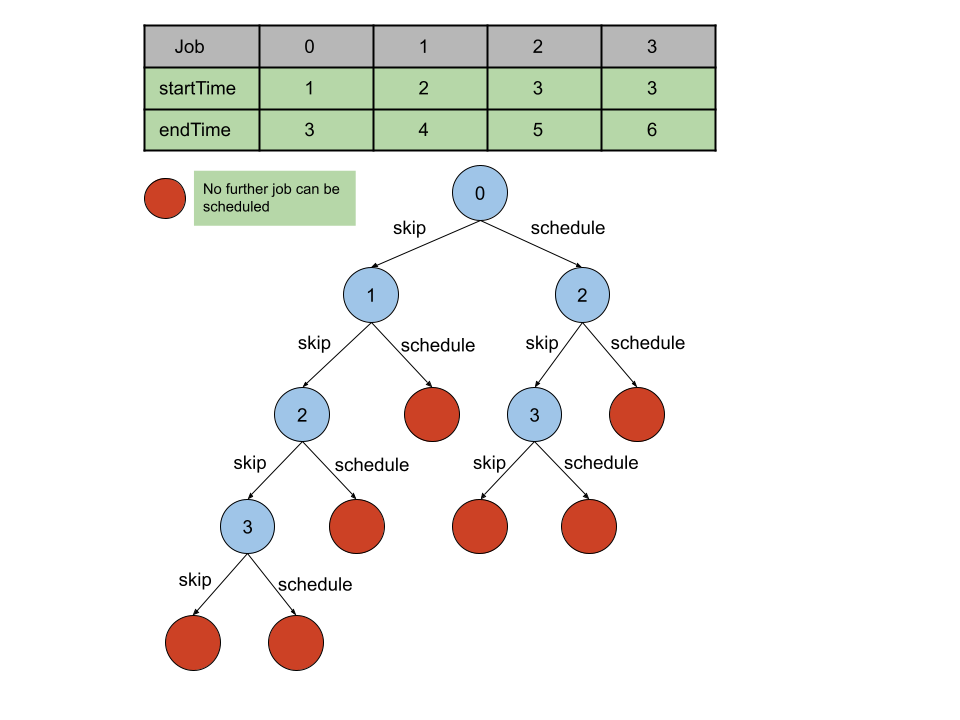
class Solution {
public:
int memo[50001];
int findMaxProfit(vector<vector<int>>& jobs, vector<int>& start, int n, int position) {
if (position == n) {
return 0;
}
if (memo[position] != -1) {
return memo[position];
}
int nextIndex = lower_bound(start.begin(), start.end(), jobs[position][1]) - start.begin();
int maxProfit = max(findMaxProfit(jobs, start, n, position+1),
jobs[position][2] + findMaxProfit(jobs, start, n, nextIndex));
return memo[position] = maxProfit;
}
int jobScheduling(vector<int>& startTime, vector<int>& endTime, vector<int>& profit) {
vector<vector<int>> jobs;
memset(memo, -1, sizeof(memo));
for (int i = 0; i < profit.size(); ++i) {
jobs.push_back({startTime[i], endTime[i], profit[i]});
}
sort(jobs.begin(), jobs.end());
for (int i = 0; i < profit.size(); ++i) {
startTime[i] = jobs[i][0];
}
return findMaxProfit(jobs, startTime, profit.size(), 0);
}
};状态转移方程:
maxProfit = max(findMaxProfit(..., position+1), jobs[position][2] + findMaxProfit(..., nextIndex))- 这个方程表示当前最大利润是两种选择中的较大值:要么跳过当前工作(只考虑下一个工作,即
position+1),要么选择当前工作(当前工作的利润加上从nextIndex开始的后续工作的最大利润)。
复杂度分析:
- 时间复杂度:排序工作的时间复杂度为O(n log n)。记忆化搜索的时间复杂度大约为O(n),因为每个工作最多被考虑一次。因此,总的时间复杂度大约为O(n log n)。
- 空间复杂度:主要由记忆化数组
memo和工作数组jobs决定,这两者的空间复杂度都是O(n)。
